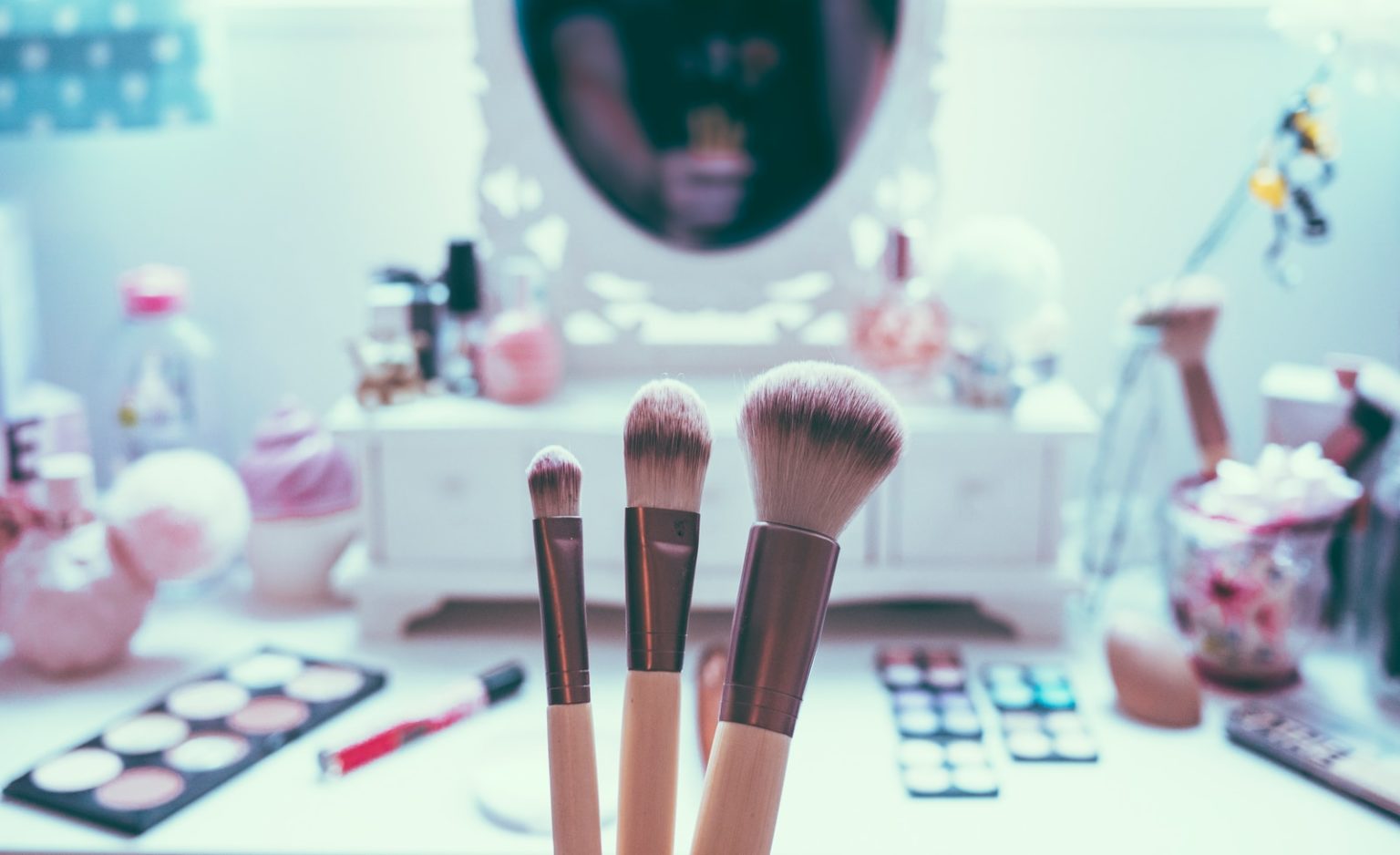Repurposing old furniture to give it new life and a new place in your home is a great way save money, add a vintage touch to your décor and create an original, one-of-a-kind piece. If you’re remodeling your bathroom or kitchen area and you’re looking for a fresh, new and creative way to incorporate a vanity, you might consider repurposing an old dresser. It’s a relatively simple project that you could do all on your own — or at least mostly on your own with the exception of hiring a plumber or handyman to do part of the labor. These five steps will help guide you through the process of creating your own dresser vanity.
Step One: Find an Old Dresser
Before you begin the process, you’ll need a dresser that fits the space and height requirements of your bathroom. If you have an old dresser around the house, take accurate measurements to be sure it will fit the space. If you don’t already have a dresser, you can search consignment shops, thrift shops and garage sales to find the right dresser that fits your space. Be sure to take your measuring tape and measurements when you go out shopping.
Step Two: Get the Tools for the Job
Once you have a dresser picked out, assemble the tools you’ll need for the job. If you plan to do to the entire project yourself, plumbing included, you’ll need the following: a jigsaw, drill, spray paint nozzle, caulk gun, wrench sets, silicone caulk, spray enamel, Teflon tape, slip-joint pliers and 100-grit sandpaper. If you’re not doing the plumbing yourself, the pliers and caulking might not be necessary, but it doesn’t hurt to have everything just in case.
Step Three: Buy the Right Paint
If you’re planning to refinish and paint your dresser, do so before you begin any plumbing work. Before you begin, sand down your entire dresser with that aforementioned 100-grit sandpaper to make sure your paint job will have a nice smooth finish. The dresser should feel smooth to the touch. Be sure to use a paint that’s made to adhere to wood and opt for a semi-gloss instead of a matte finish. Spray on a layer of enamel spray paint once the paint has dried to help protect the wood and finish from the humidity of the bathroom.
Step Four: A Little Elbow Grease and Plumbing — or Hire Out
Remove the top drawers of the dresser to allow room for plumbing. You can remove the front from the top drawer and attach it to the structure to maintain the same appearance from the front. Measure the height of your home’s plumbing hook ups that come out of the wall and use a drill and jigsaw to cut holes into the back of your dresser at the same height. Measure your sink and cut a hole in the top of the dresser. You can also lay new tile on the top of the dresser or order a slab of marble or granite. If you’re installing a new faucet, be sure to do so before mounting the sink into the vanity. Before placing the sink into the cutout, run silicone caulk around the perimeter of the hole to protect against leaks. Once the sink and vanity are in place, use your wrench to hook up the drain and water lines to your home’s existing plumbing. If you’re not experienced with plumbing, you might want to hire a handyman to complete this part of the job.
Step Five: Finishing Touches
Once your sink is installed, you can check out home design blogs for ideas and inspiration for finishing touches and décor for your new vanity. You’ll probably already have a finished product in mind, but adding a few little extras at the end will make your new bathroom feel finished and luxurious.
Remember to exercise caution when using power tools. Keep common power tool safety tips in mind like wearing close-toed shoes and eye protection when working. Work in a clutter-free area, be mindful of cords and keep kids and pets in a separate space.




